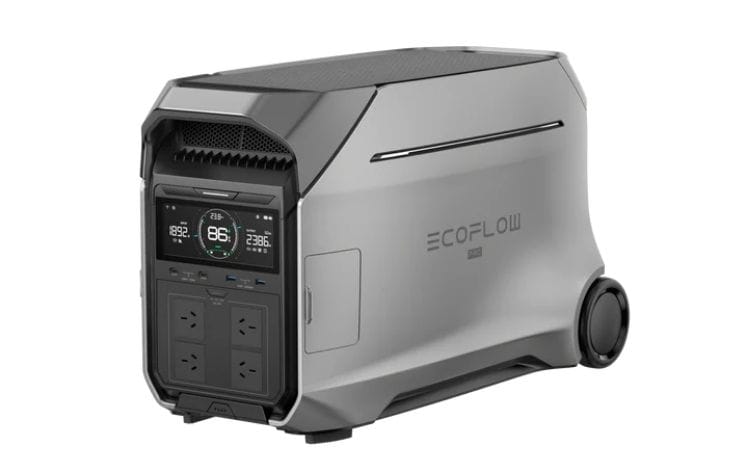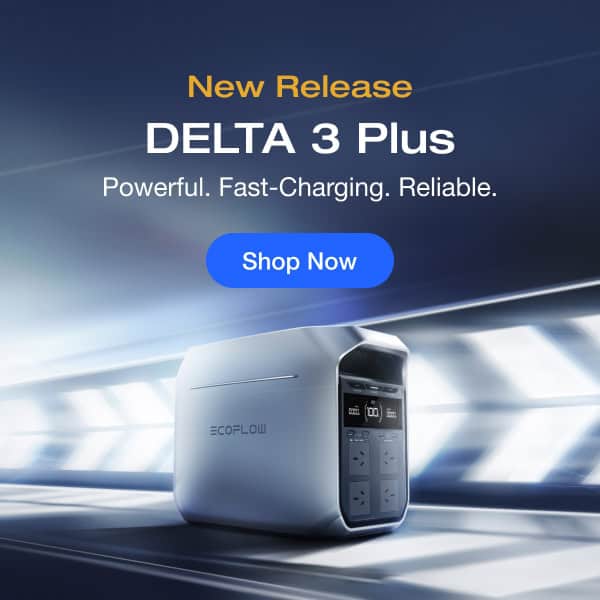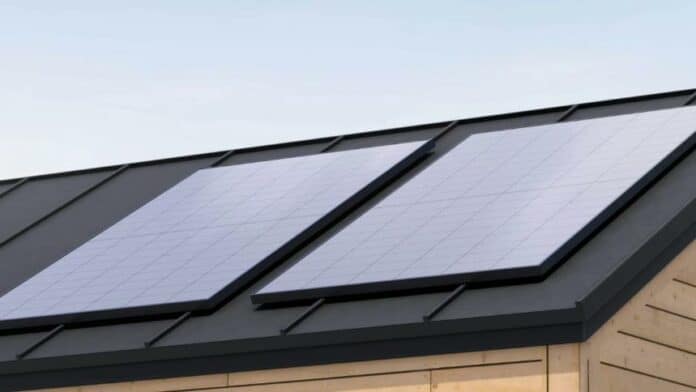Switching to solar energy is a smart way to cut electricity costs, but not all solar plans offer the same benefits. The best solar feed in tariff NSW can make a big difference in how much you save by paying you for the excess energy your system exports. With FiT rates varying between retailers, choosing the right plan can be tricky. Understanding how these tariffs work and how to maximize returns will help you get the most from your solar investment.
What Is a Solar Feed-in Tariff, and Why Does It Matter?
A solar feed-in tariff is the amount energy retailers pay for the surplus electricity your solar panel system sends to the grid. This allows homeowners to get financial returns on their solar investment while supporting the energy market with clean, renewable power.
There are two main types of FiTs:
- Flat Rate Feed-in Tariff – This provides a fixed payment per kilowatt-hour (kWh) of exported electricity, regardless of the time of day.
- Time-Varying Feed-in Tariff – This varies depending on the time of day, offering higher rates during peak demand hours and lower rates during off-peak times.
Why Does It Matter?
A NSW solar feed in tariff is essential because it provides multiple benefits:
- Financial Savings – The money earned from exporting excess solar power helps reduce electricity bills. Some homeowners even receive credits on their accounts.
- Higher Property Value – Homes with solar panels and attractive FiT agreements are more valuable in the real estate market.
- Solar Power Incentives – FiTs encourage homeowners to adopt solar energy, driving the demand for renewable energy solutions.
- Reduced Carbon Footprint – By increasing the amount of clean energy in the grid, FiTs help reduce reliance on fossil fuels.
Factors Influencing FiT Rates
Not all feed-in tariffs are the same. The amount you receive depends on several key factors:
1. Supply and Demand Dynamics
FiT rates fluctuate based on electricity demand. Suppose more households generate solar power, supply increases, which may drive tariffs down. Conversely, when demand outpaces supply, retailers may offer the highest feed in tariff NSW to encourage solar exports.
2. Energy Retailer Policies
Each energy provider sets its own feed-in tariff rates. Some companies prioritize solar customers, offering higher rates, while others provide only minimal compensation. Researching the best solar plans in NSW can help you secure better returns.
3. Government Regulations & Market Competition
Policies like the Renewable Energy Target (RET) and state incentives influence tariff rates. Increased competition among retailers can also push rates higher. Unlike solar feed-in tariff in Queensland, NSW does not have a mandated minimum FiT, making it a competitive market.
4. Urban vs. Rural FiTs
City residents typically get better feed-in tariffs than those in rural areas. This is due to higher demand, more energy retailers, and stronger infrastructure in urban locations.
Is There a Minimum Feed-in Tariff in NSW?
Unlike other states, NSW does not have a mandatory minimum FiT rate. Instead, retailers set their own rates based on market conditions. However, Energy NSW provides a benchmark of 4.9 to 6.3 cents per kWh for 2024/2025. Since rates can vary widely, comparing different retailers is essential to getting the best feed in tariff NSW.
How to Choose the Best Solar Feed-in Tariff
Selecting the right FiT requires research and understanding your energy needs. Here’s what to consider:
1. Understand Your Energy Needs
Assess how much electricity your household uses daily and how much excess solar power you generate. This helps determine if a high FiT plan is the best option.
2. Compare FiT Rates
FiT rates can vary across providers, so it’s important to compare what’s available in your area. Look for providers offering competitive rates that match your location and energy usage.
3. Check Contract Terms
Make sure to carefully examine contract details, including the duration, payment frequency, and any hidden fees. Some contracts may offer a fixed FiT rate, while others might allow for adjustments over time, so understanding these terms will help you avoid surprises.
4. Consider Your Solar System’s Efficiency
The size and efficiency of your solar panel system will influence how much energy you export and therefore how much you can earn from a FiT. Consider consulting a solar expert to ensure your system is optimized for maximum output.
5. Look for Additional Incentives
Explore any available government incentives, rebates, or tax credits for solar installation. These can significantly reduce your upfront costs and improve your overall return on investment (ROI).
6. Monitor Self-Consumption
Keep an eye on how much energy you’re using versus how much you’re exporting. If you can store excess energy in a battery, this can reduce your reliance on the grid and maximize your self-consumption, potentially lowering electricity costs.
7. Stay Updated
FiT rates can change over time, so it’s important to regularly review your contract and the rates being offered to ensure you’re always getting the best deal.
8. Use Comparison Tools
Use online resources, such as government websites or energy comparison platforms, to help compare FiT rates across providers and evaluate the latest regulations and incentives in NSW. These tools can offer valuable insights that simplify your decision-making process.
Top 3 Energy Retailers for Solar FiTs in NSW (2025)
Here are the top energy retailers offering the best solar feed in tariff NSW in 2025:
1. Origin Energy – Solar Boost
Origin Energy’s Solar Boost plan is one of the top choices in NSW, offering a 10 cents per kWh FiT. For a household exporting 10 kWh per day, this could mean a monthly rebate of $30. The plan is flexible, with no exit fees or lock-in contracts, allowing customers to switch providers anytime.
2. EnergyAustralia – Solar Max
The Solar Max plan from EnergyAustralia is ideal for homes with large solar systems (7kW or more). It offers a 7.6 cents per kWh FiT, resulting in an estimated $36 monthly rebate. Like Origin’s plan, it has no lock-in contracts or exit fees, providing customers with the freedom to change plans as needed.
3. AGL – Residential Solar Savers
AGL’s Residential Solar Savers plan provides an 8 cents per kWh FiT, with an estimated $24 monthly rebate. The plan requires a 12-month commitment, but there are no fees for switching providers, making it a good option for short-term flexibility.
How to Maximize Your Solar Savings in NSW
To maximize your solar savings in NSW, consider these key strategies:
- Right-Sized Solar System: Ensure your solar generator system matches your energy needs to avoid unnecessary costs and ensure efficiency.
- Battery Storage: Use a solar battery like the EcoFlow Delta Pro 3 Portable Power Station to store excess power for use during the night, increasing self-consumption and reducing grid reliance. With a 4–12kWh capacity and 230V, 4000W output, it can power most home appliances and increase self-consumption while reducing grid reliance.
- Monitor Usage: Run major appliances during the day when solar generation is highest, and track your system’s performance for optimization.
- Take Advantage of FiTs: Export energy during peak demand hours to earn higher feed-in tariff rates.
- Utilize Incentives: Explore available rebates and tax credits for solar installation to reduce upfront costs.
By optimizing your solar system and exploring home backup generator options like EcoFlow, you can maximize your savings and enhance your solar investment.

Conclusion
Getting the best solar feed in tariff NSW can help you maximize savings and reduce electricity costs. With no minimum FiT in NSW, comparing energy retailers is essential to finding the best deal. Investing in a battery storage solution like the EcoFlow Delta Pro 3 lets you store excess solar energy and use it when needed, further increasing savings. Explore EcoFlow’s innovative solar and backup power solutions today to make the most of your solar investment.
FAQs
Who has the highest solar feed-in tariff in NSW?
The highest feed in tariff NSW varies by retailer and plan. As of 2025, Origin Energy’s Solar Boost offers one of the best rates at 10 cents per kWh. However, FiT rates change frequently, so comparing energy retailers regularly ensures you get the best deal for your exported solar energy.
How much is feed-in tariff in NSW?
The NSW solar feed in tariff is not fixed and depends on the retailer. The benchmark rate for 2024/2025 is 4.9 to 6.3 cents per kWh, but some retailers offer higher rates. Checking different plans helps maximize savings, as some providers give better FiTs for larger solar systems or specific customer profiles.
How much solar can you put back into the grid in NSW?
In New South Wales, how much solar you can send back to the grid depends on your system setup. For single-phase systems, the maximum inverter size is 10 kW, but you’re only allowed to export 5 kW. For three-phase systems, the inverter limit is higher at 15 kW, though the export limit remains the same at 5 kW. If you’re in a rural area, the export limit drops to 3 kW per phase, no matter the system size. These limits are designed to keep the grid stable and have been in place since August 2021.


